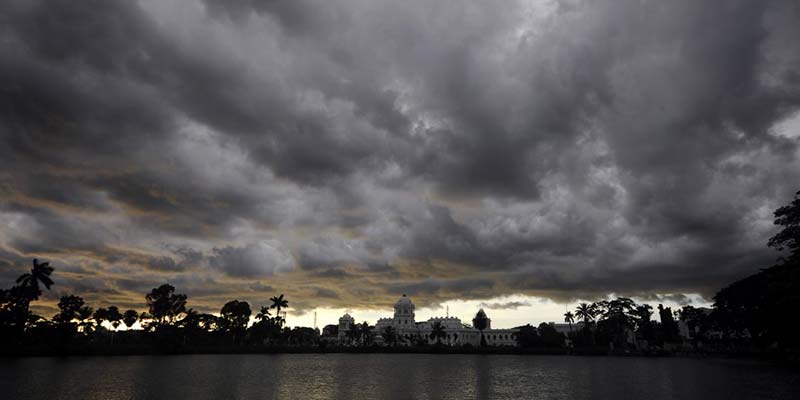- India
- May 16
Explainer - Southwest Monsoon & Northeast Monsoon
• Southwest Monsoon is likely to arrive over Kerala around May 31, the India Meteorological Department (IMD) said.
• The date of monsoon onset over Kerala has varied widely over the last 150 years, the earliest being May 11, 1918, and the most delayed being June 18, 1972, according to IMD data.
• Last month, the IMD had forecast above-normal rain in the monsoon season in India with favourable La Nina conditions expected to set in by August-September.
Importance of normal monsoon in India
• Parts of the country battled brutal heat in April, with maximum temperatures shattering records in several states and severely impacting health and livelihoods.
• The crippling heat is straining power grids and drying up water bodies triggering drought-like conditions in parts of the country. A prediction of above-normal monsoonal rainfall, therefore, comes as a huge relief to the country.
• Monsoon brings relief to dry and parched land in the form of rain, and affects Indian agriculture in a very substantial measure. The impact of the monsoon on the Indian economy is more pronounced.
• Normal rain is critical for India’s agricultural landscape, with 52 percent of the net cultivated area relying on it. It is also crucial for the replenishing of reservoirs critical for drinking water apart from power generation across the country.
• June and July are considered the most important monsoon months for agriculture because most of the sowing for the Kharif crop takes place during this period.
• Rainfed agriculture accounts for about 40 percent of the country’s total food production, making it a crucial contributor to India’s food security and economic stability.
• Excessive rain leads to floods in certain areas, while little or no rain in other parts bringing drought and famine resulting in acute distress to millions.
Southwest Monsoon & Northeast Monsoon
• The word monsoon comes from the Arabic word “mausim”, which means weather.
South Asia experiences two monsoons:
i) Southwest Monsoon or summer monsoon during June to September.
ii) Northeast Monsoon or winter monsoon during October to December.
• The annual oscillation in the apparent position of the Sun between the Tropics of Cancer and Capricorn causes the annual oscillation in the position of the thermal equator (region of maximum heating) on the Earth’s surface. This is associated with the annual oscillation of temperature, pressure, wind, cloudiness, rain etc.
• On the Earth’s surface, there are asymmetries of land and Ocean. The differential heating of land and Ocean causes variations in the intensity of the annual oscillation of the thermal equator and hence regional variations in the intensity of monsoon.
• The south-westerly wind flow occurring over most parts of India and Indian seas gives rise to Southwest Monsoon over India from June to September.
• While the Southwest Monsoon is responsible for a major portion of annual rainfall over India, rainfall received during the Northeast Monsoon season (October-December) is also important, especially for the south peninsula, Sri Lanka and Maldives.
• In India, the Northeast Monsoon season contributes about 11 per cent of its annual rainfall over the country as a whole.
• The south peninsula receives much more rainfall compared to northern parts of the country. Many districts over the south peninsula receive 30–60 per cent of the annual rainfall during this season.
• During the Southwest Monsoon season, surface pressure gradient is directed from the Indian Ocean to land with southwesterly monsoon winds in the lower troposphere.
• During the Northeast Monsoon season, the pressure gradient reverses (from land to the Indian Ocean) resulting in northeasterly trade winds, which is the basic state of the system.
• This change in surface pressure gradient and lower tropospheric winds is associated with the southward movement of the continental tropical convergence zone (CTCZ) and the subtropical anticyclone in the upper troposphere.
• Therefore, the Northeast Monsoon is often described as the retreating phase of the Southwest Monsoon.
Manorama Yearbook app is now available on Google Play Store and iOS App Store


